As autumn sets in, it’s time to start transitioning your lawn care to get your yard ready for colder weather. Proper winter lawn preparation is key to maintaining a healthy, lush lawn that will thrive again in spring. This guide will overview the essential fall maintenance tasks and winter care tips to protect your lawn through harsh weather, with specific advice for both northern and southern region lawns. Follow these best practices to prepare your lawn for winter.
A well-cared-for lawn in fall is one that will bounce back vigorously when warmer temperatures return.
Preparing Lawns for Winter in Northern Regions
For lawns in the northern regions, the onset of cold winters which bring freezing temperatures, shorter daylight hours, and likely snow cover, demands a meticulous preparation strategy during the fall. This strategy is essential to prepare the turfgrass adequately for the impending winter dormancy period.
The following guidelines will provide a solid approach to lawn preparation in the north:
Continue Mowing into Fall
As you go deeper into fall, it’s pivotal to maintain a regular mowing schedule. Of course, another part of preparing your lawn for winter involves cutting your grass less. This is due to the slow-down in growth.
An essential tip here is to gradually lower the mower blades as you approach the season’s end, getting closer to the soil surface until you achieve a height of about 2 to 2.5 inches for the concluding fall mowing sessions.
This practice keeps the lawn tidy. Moreover, it helps in averting snow mold and other grass fungus problems that are prevalent in winter.
Overseed and Fertilize in September
To ensure a lush lawn in the spring, turn your focus towards overseeding and fertilizing your turfgrass in the month of September. This period is ideal for planting cool-season grasses such as fescue and bluegrass. These varieties fill in bare and thin patches, thickening the turf before it goes dormant.
Accompany the overseeding process with the use of a starter fertilizer rich in phosphorus to facilitate robust root growth and quick establishment.
Remove Leaves Promptly
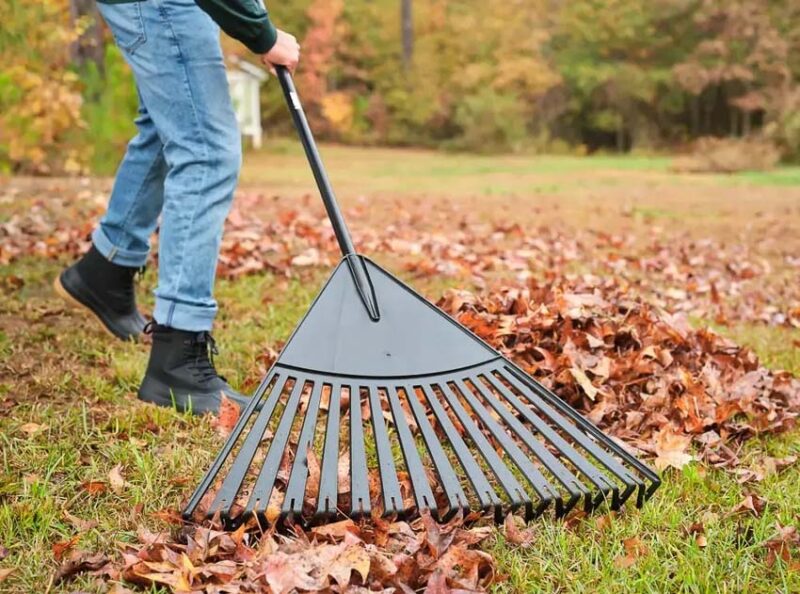
It is necessary to dispose of fallen leaves promptly to prevent them from forming a barrier that obstructs sunlight. This will leave dead patches of grass. Utilize a lawn sweeper to rake up the leaves or mow over them to break them down into small fragments that can easily decompose. This creates compost that organically enhances soil nutrition without smothering the grass blades.
Continue Watering Lightly into Fall
As temperatures drop, the water requirement for lawns diminishes. However, it is advised to not halt irrigation suddenly. Maintain a watering regime that provides around one inch of water per week going into early November. Afterward, you can decrease the watering pace progressively until it ceases completely.
Remember that dormant lawns do not need added watering.
Treat Lingering Weeds
An active lawn in fall can still harbor weeds such as dandelions. In preparing your lawn for winter, you should treat these lingering weeds using targeted sprays. Early to mid-fall is the opportune time to apply broadleaf herbicides for effective results. Simultaneously, the use of pre-emergent solutions can prevent the germination of winter weeds, securing the lawn from undesirable plants during its dormant phase.
Make Final Fall Mowing Low
Toward the end of November, plan to do your final mow of the season. Set the mower at the lowest recommended height for the specific grass species in your lawn. This practice is beneficial in preventing fungal infections such as snow mold, which can proliferate in long grass covered with snow. Once the grass halts its growth, mowing can be suspended until spring resumes.
Winterize Irrigation Systems
With the approach of deep freezes, preparing your lawn for winter also entails shutting down in-ground sprinklers to escape freeze damage. Ensure the draining of supply lines, removal of residual water, and the insulation of exposed components like backflow preventers. This will safeguard the system from freezing temperatures and consequent damages.
Fertilize 6 Weeks Before Frost
To foster a healthy transition, start the last fertilization at least 6 weeks before the first frost. This aids the turfgrass in hardening off properly, gearing up for the winter period. It is important to abstain from fertilizing once the lawn enters dormancy. By doing so, you’ll maintain its health and vigor for the next growth season.
Preparing Lawns for Winter in Southern Regions
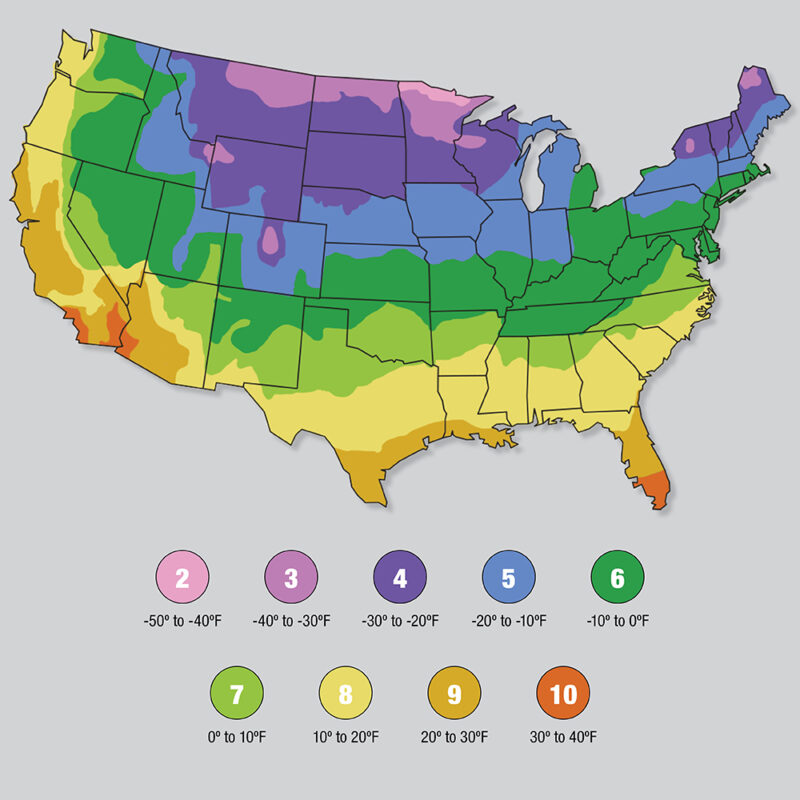
In the southern states, the approach to lawn care differs significantly due to the milder winters that these regions experience. Despite the mild weather, it is vital to prepare your lawn to ensure it remains healthy and lush when spring returns. Below, we delve deeper into the essential practices to prepare your southern lawn for the winter months.
Mow Weekly into Late Fall
Warm-season grasses, mainly found in southern regions, including Bermuda and Zoysia, remain actively growing well into the fall. It is advisable to maintain a weekly mowing schedule to ensure that your lawn retains a neat and well-kept appearance. Continuously doing this until growth completely halts helps preserve the aesthetic appeal of your lawn, encouraging healthier growth when the warm season resumes.
Overseed Warm Season Grasses
As we transition into colder months, it’s a good practice to overseed warm-season turfs such as Bermuda and Zoysia with cool-season grasses. Between September and October, overseeding aids in maintaining a green hue in your lawn during the winter months.
This activity ensures that your yard looks good. It will display a vibrant green color instead of a dormant brown shade, which is prevalent in the colder months.
Control Emerging Winter Weeds to Prepare Your Lawn
Winter often sees the emergence of weeds such as annual bluegrass, henbit, and chickweed, which thrive in cooler weather conditions. These weeds can quickly overrun southern lawns during fall, creating an untidy and unkempt appearance. To prevent and control the infestation of these winter weeds, it is advisable to utilize both pre- and post-emergent herbicide products. Planning your herbicide application effectively will maintain the pristine condition of your lawn.
Reduce Irrigation Gradually
Despite the cooler temperatures, southern lawns require watering into the early weeks of winter. However, to prevent diseases that thrive in cold and damp conditions, it is vital to reduce watering frequencies and durations gradually. Allow the Bermuda and Zoysia grasses to transition into full dormancy before halting the watering process entirely. This method aids in saving water while guarding the health of your lawn.
Fertilize Until 6 Weeks Before Frost
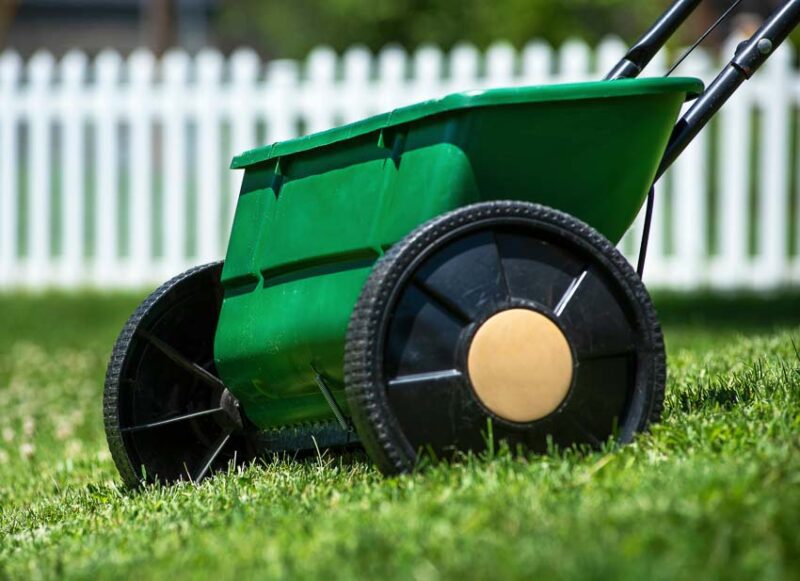
To nurture actively growing lawns in the fall, applying slow-release fertilizers is essential. However, you should use caution. Stop fertilization around mid-October for warm-season grasses, and never fertilize when the grasses are dormant in the winter months. The six weeks leading to the first frost is a critical period where the application of fertilizers should be ceased to prevent potential damage to the lawn.
Mulch or Remove Fallen Leaves
During the growth phase of lawns, fallen leaves can be mowed over to create mulch that blends with the turf, offering added nutrients that enhance the soil’s fertility. As the lawns go dormant, these leaves can either be left to provide insulation to the underlying grass or be removed if they become too much, maintaining a neat appearance and preventing any potential diseases or pests in the leaf litter.
Clean Up Turf to Prepare Your Lawn for Winter
Preparing your lawn for winter involves more than just caring for the grass; it also means attending to the equipment. Carry out a final mow at the lowest setting to tidy up and give the lawn a neat appearance before the onset of full winter dormancy.
It’s also a crucial time to drain irrigation components to prevent freezing and potential damage. Remember to winterize your mowers and other types of lawn care equipment, storing them correctly to ensure their longevity and functionality for the coming spring season. This clean-up ensures a smooth transition into winter while paving the way for a successful spring season.
Winter Lawn Care Tips for Protection
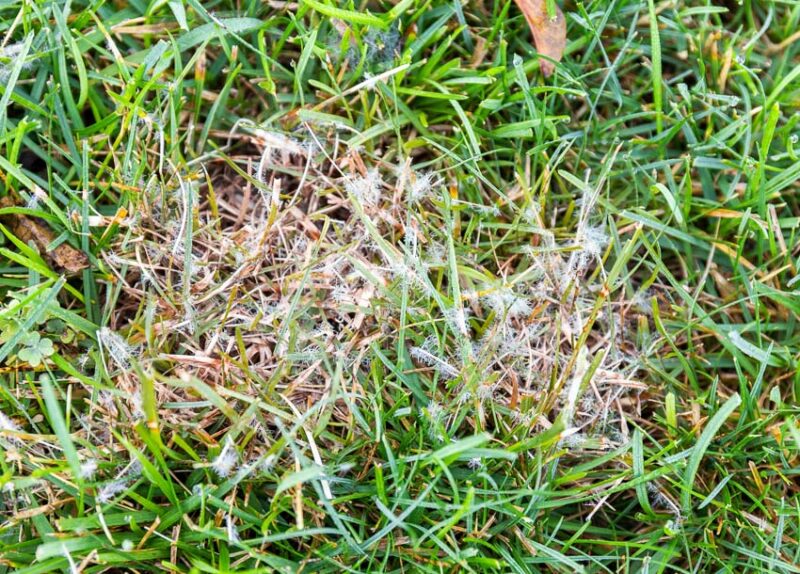
Once your lawn is fully dormant and winter weather has firmly set in, your winter lawn care routine will be minimal. But there are still a few things you can do before snow and freezing temperatures hit to protect and insulate your grass:
- Apply a winterizing fertilizer or potassium spray to strengthen grass plants before dormancy. Potassium boosts cold tolerance.
- During snowfalls, use a broom to gently remove heavy snow from grass to avoid damage and matting. Don’t walk on frozen or dormant grass.
- Keep piled snow away from grass areas to prevent desiccation or fungal issues from excessive meltwater.
- Let dormant lawns be and avoid high foot traffic over frozen or frosted turf.
- Cover sensitive grass like bentgrass with breathable tarps or fabric for insulation when extreme cold sets in.
- In early spring, gently rake matted grass to lift blades. Lightly apply gypsum or lime to reduce pH issues.
Ready for Lawn Dormancy this Winter?
Preparing your lawn properly in fall is crucial for ensuring your yard remains healthy through the winter months. Follow these key maintenance activities and care tips tailored for your region’s grass.
Fall preparation and winter protection will help your lawn thrive while dormant. Just a little TLC and planning now goes a long way!
Preparing Your Lawn for Winter FAQs
When should I stop mowing my lawn for winter?
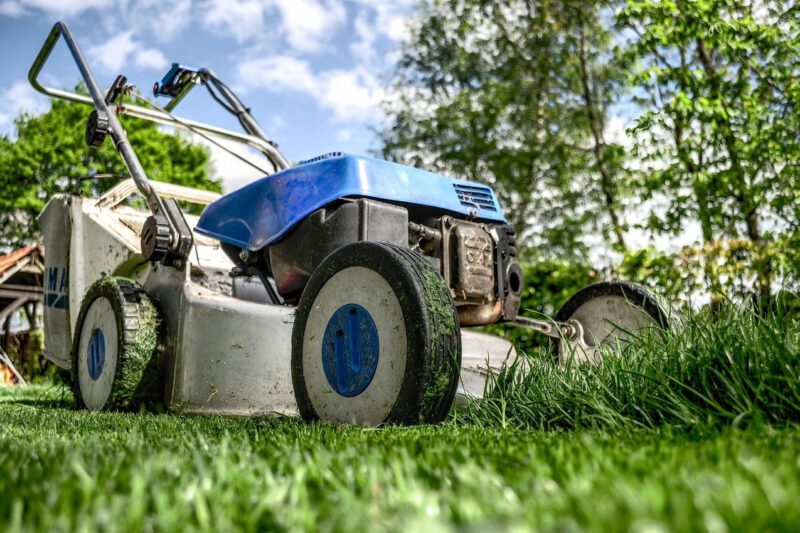
Stop mowing your lawn for winter when the grass has stopped growing. This usually occurs after the first hard frost. This is generally in late fall.
Before you stop mowing, gradually lower the mowing height to help the grass withstand winter stresses. However, avoid cutting the grass too short, as it can expose it to diseases and winter burn. Keeping the grass slightly taller can help protect the crown of the grass plant.
How short should I cut warm-season grasses before winter?
Warm-season grasses such as Bermuda and Zoysia should be cut relatively short as winter nears, generally to a height of about 1 to 2 inches. Cutting the grass short helps prevent it from matting under snow, which can create an environment for fungal diseases such as snow mold. However, avoid scalping the lawn; leaving a bit of length can help protect the roots from winter cold and desiccation.
When should I resume fertilizing my lawn in spring?
Spring is when you should fertilize again because the grass starts actively growing. Moreover, it’s generally when soil temperatures reach about 55°F (13°C). For many regions, this is typically in mid to late spring. Conduct a soil test to determine the exact nutrient needs of your lawn. Applying a balanced slow-release fertilizer that matches your soil test results will promote healthy growth as the weather warms.
Don’t miss our guide to organic fertilizer!
How do I protect my irrigation system from winter damage?

To protect your system from winter damage, you’ll need to completely drain the system before the first hard freeze to prevent water from freezing and hurting the pipes. You can do this through a manual, auto-drain, or blow-out method.
Disconnect hoses, turn off the water supply to the irrigation system, insulate outdoor spigots, and drain any remaining water in the pipes, valves, and spray heads. It’s recommended to insulate valve boxes and any above-ground backflow preventers to protect them from freezing temperatures.
Can I overseed warm-season grasses like Bermuda with ryegrass?
Yes, you can overseed warm-season grasses like Bermuda with ryegrass; this process is known as winter overseeding. It is done to maintain a green lawn during the winter, when Bermuda grass goes dormant and turns brown.
Ryegrass will provide a green cover and actively grow during cooler months, offering a vibrant, green lawn in winter. However, overseeding can compete with Bermuda grass in the spring, potentially hindering its growth, so it’s a balance between winter aesthetics and the health of the summer turf.
Proper management in the spring can aid in the transition back to Bermuda as temperatures rise.



